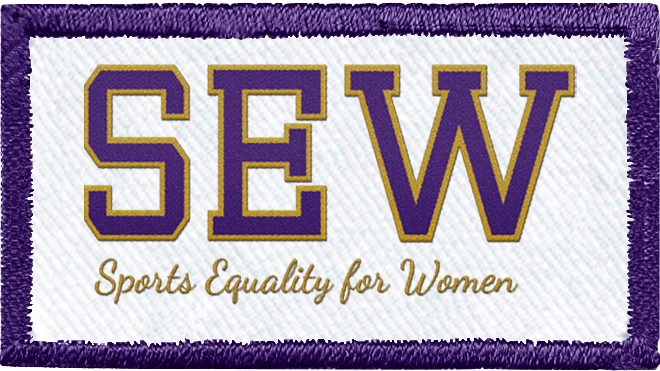When the WNBA decided to operate in Bradenton, Florida, last July, it marked the start of a season like no other, one that interrogated the careers, identities and principles of every player inside the league’s campus-style bubble. It was an emotionally grueling summer: not only because of the global pandemic that disproportionately affected communities of color across the US, but for the deaths of innocent Black people including Ahmaud Arbery and Breonna Taylor at the hands of police brutality. By the time the gruesome murder of George Floyd was broadcast worldwide, the grief and the exhaustion of Black communities in America were palpable – and professional athletes were not spared. Read More
Recent Posts
- How a Women’s College Volleyball Team Became the Center of the Transgender Athlete Debate
- Geno Auriemma becomes all-time winningest college basketball coach in 40th year at UConn
- Lindsey Vonn Plans a World Cup Return as She Rejoins the U.S. Ski Team
- New York Liberty win their first WNBA title and celebrate the end of a long odyssey
- Susie Maxwell Berning, Hall of Fame Golfer, Is Dead at 83

Recent Comments